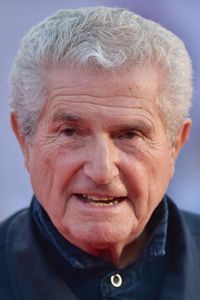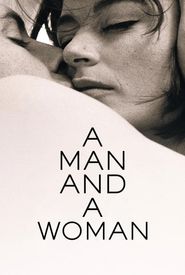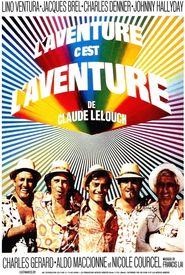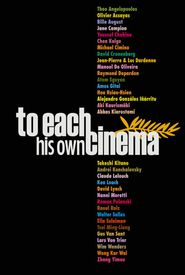The individual in question embarked on a career in filmmaking, initially producing, writing, and operating the camera for short television films. However, his trajectory was temporarily disrupted by military service in the army, where he found himself assigned to the army film unit, ultimately producing over 100 films.
Following his demobilization in 1960, he utilized family resources to finance his first feature-length film, Le propre de l'homme, which unfortunately bombed at the box office. In 1961, he began working on La Vie de Chateau, but was forced to cease production after only a week due to a lack of financial backing.
The following year, he released L'amour avec des si, which achieved success in Sweden but failed to resonate with audiences elsewhere. In 1963, his film Night Women was subjected to a 40-minute cut by the censor, rendering it unsuitable for public exhibition.
It wasn't until the release of Une fille et des fusils in 1965 that one of his films finally broke even in terms of production costs. The subsequent year saw the completion of Les grands moments, which the individual deemed so poor that he purchased the film himself to prevent its public release.
However, his fortunes underwent a dramatic reversal in 1966 with the release of A Man and a Woman, which would go on to become a timeless classic. The film won the Grand Prix at Cannes, an Academy Award for Best Picture, and numerous other accolades, marking a significant turning point in the individual's career.








































